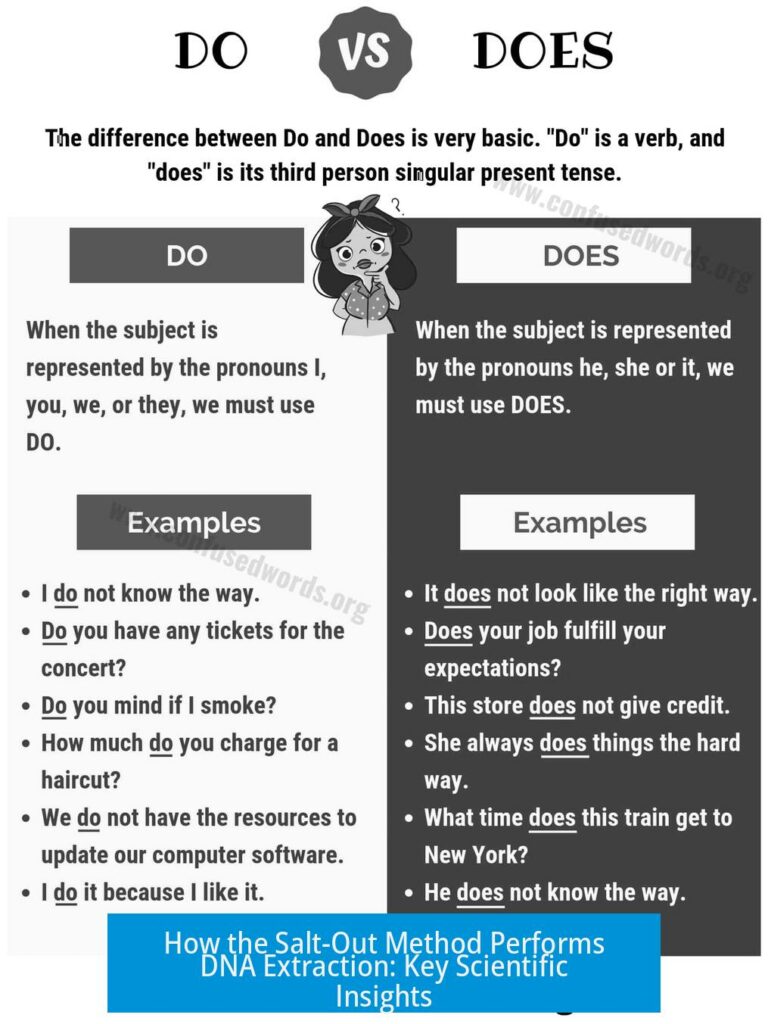Copper, Silver, and Gold: The Chemistry Behind Their Currency Role

Copper, silver, and gold are not coincidentally grouped as currency metals; their chemical properties and practical traits make them natural choices for money. These elements belong to the same group in the periodic table. Their shared electron configurations result in common characteristics like low electrical resistance and excellent conductivity.
Shared Chemical Properties
All three metals exhibit distinct chemical behavior due to their electron states. They have high standard reduction potentials, making them resistant to corrosion. This quality preserves their appearance and structural integrity over time.
These metals also occur naturally in their native elemental forms. This rarity combined with natural occurrence eased prehistoric humans’ access and use. Unlike many metals, they required little metallurgy, enabling early mining and shaping.
Human Perception and Practical Uses
Humans historically value shiny objects. Copper, silver, and gold have bright, lustrous surfaces attracting attention. This visual appeal contributed to their cultural perception as valuable materials.
The metals are durable yet malleable, allowing crafting into coins and jewelry. Their toughness prevents easy damage during handling. These traits combine to make them excellent candidates for currency.
Non-Coincidental Reasons for Currency Adoption
- Rarity ensures they do not flood the economy easily.
- Resistance to tarnish offers long-lasting monetary items.
- Ease of shaping supports coin minting processes.
- Electrical and chemical stability prevents degradation.
Chemistry Leading to Their Monetary Role
It is their related chemistry, particularly electron structure and reduction potential, which defined their currency role. Early humans noticed their physical properties without scientific context, but modern chemistry confirms these observations are rooted in elemental nature.
The “coincidence” of their grouping in the periodic table reflects periodic trends, explaining their similar chemical behavior and resulting shared physical qualities.
Key Takeaways
- Copper, silver, and gold share chemical traits due to electron configuration.
- High resistance to corrosion and native occurrence made them accessible and durable.
- Human attraction to their shine increased perceived value.
- Their chemistry directly influenced their historical use as money.
- Their grouping in the periodic table explains recurring similarities, not coincidence.
Why are copper, silver, and gold grouped together chemically?
They share chemical and electron properties. These metals have similar electron configurations which give them traits like low electrical resistance and good conductivity.
Is their use as money just because they look shiny?
Not exactly. The shine made them appealing, but their rarity, durability, and resistance to corrosion made them practical for currency.
Why are copper, silver, and gold found in usable forms naturally?
These metals occur in elemental forms with little need for refining. This made them accessible to humans since prehistoric times.
Is it a coincidence that copper, silver, and gold were used as currency?
No, it’s not. Their chemical properties made them tough, easy to shape, and corrosion resistant, perfect for money.
What chemical factor influences their value and use?
Their high standard reduction potentials, related to their electron states, explain their stability and resistance to corrosion.





Leave a Comment